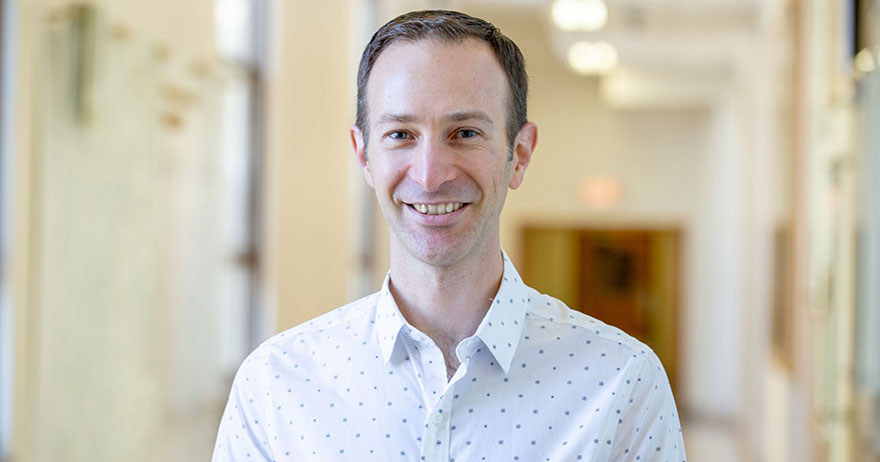David Lafrenière – Professor

Credit: Université de Montréal
- Quote: There's cause for wonderment all around. Seek it!
- Studies:
- B.Sc. Honours in physics & mathematics, McGill University
- M.Sc. in astronomy, University of California, Los Angeles
- Ph.D. in physics (astronomy), Université de Montréal
- Job title: Associate Professor
- Employer: Université de Montréal
What is your connection to the James Webb Space Telescope?
I am part of the NIRISS science team and the Principal Investigator of James Webb Space Telescope GTO program 1201 to study exoplanet atmospheres. My connection to Webb dates back to around , when I was still a graduate student. That's when I first got involved with the NIRISS instrument team to make simulations of observations to help define the science objectives and establish some design specifications for the instrument. I've stayed involved with the team since then, officially joining in . I've contributed to the design of some of the observing modes of NIRISS and to the development of the team's science program. In relation to Webb, I am also a Canadian representative on the JWST Users Committee.
What part of the Webb mission are you most excited about?
All of it, obviously! The moment I look forward to the most is when we receive the first data set for the NIRISS Single Object Slitless Spectroscopy (SOSS) mode, during commissioning; that's the mode I spent most of my time working on for the past decade and it's what the program I'm leading is based on. Seeing that first SOSS image will surely be exhilarating!
But more generally, I'm very excited by the truly unprecedented view of exoplanetary atmospheres that Webb will provide, and I can't wait to see what new and unexpected things we'll learn. I'm hoping Webb will detect the atmospheres of habitable rocky planets. That would be awesome!
What is the best part of your job?
It's the intellectually challenging nature of the work; the freedom to decide what I focus on; the flexible hours; the rewarding feeling that comes from mentoring, teaching, and inspiring others; the encounters with ever-more fascinating and inspiring individuals, from students to older researchers alike; being part of a team; the stumbling on the unexpected; the loss in the expanse of the universe; the amazement before nature's wonders… I could go on and on. It's not just one thing – it's all of those things together that make my job so fulfilling.
How did you choose your career path?
By the time I was in high school, I had figured out that science was what excited me the most and that within it, physics was the most appealing. I can't quite say why; it's just the subject that I enjoyed the most reading and learning about, in and out of school. So from then on I just kept choosing, without thinking much, to keep doing what excited me the most – physics – at every step of the way, and it led me here.
What advice would you give young people interested in going into space science?
Teamwork is essential. Acknowledge that you need others, and always trust that you add value to the team.